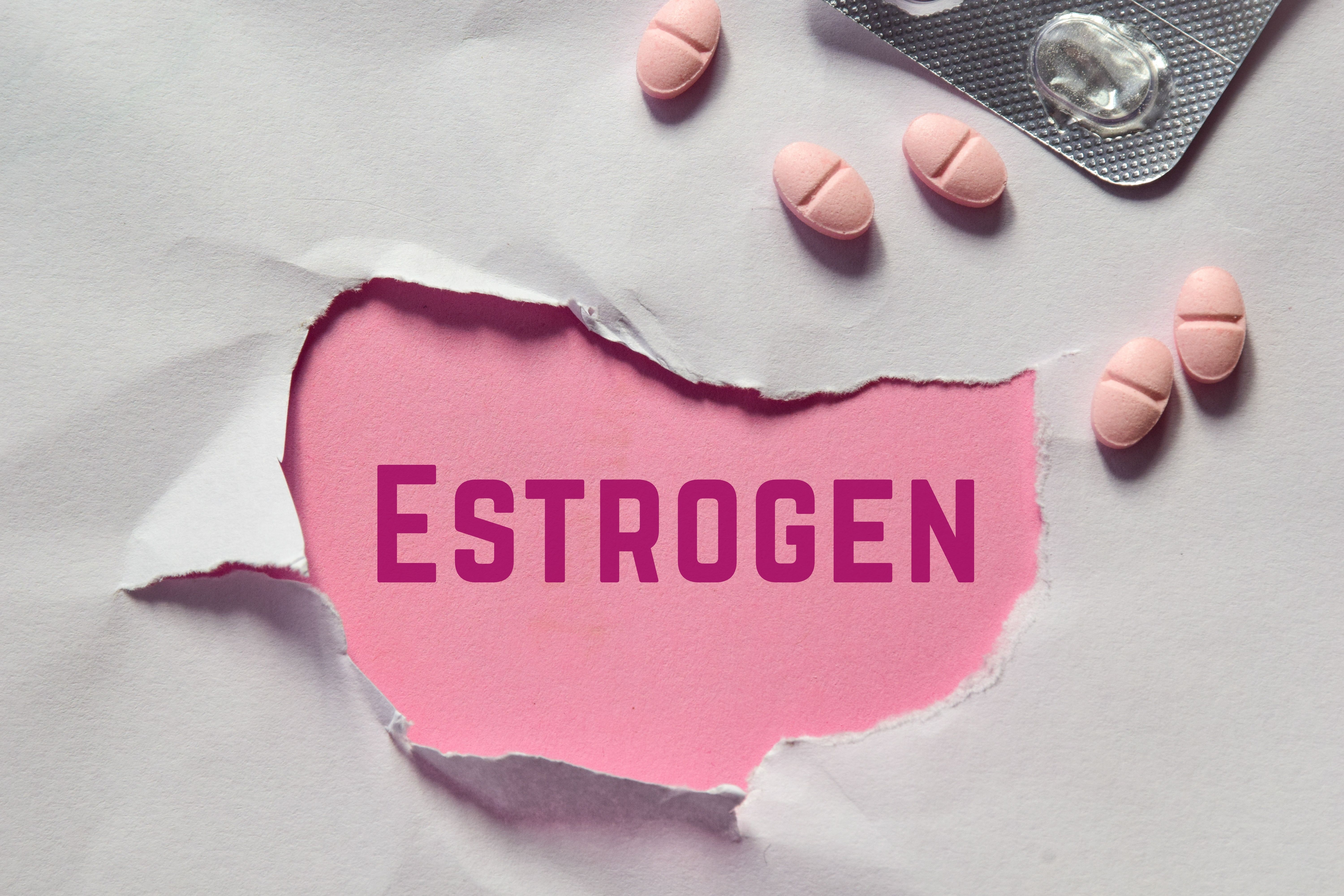Article
Common Antibacterial Chemical Revealed to Heighten Risk for Osteoporosis in Women
Author(s):
Women exposed to the chemical triclosan, which is found in products like soap and toothpaste, are at an increased risk for developing osteoporosis.
Women exposed to the chemical triclosan (TCS), which is found in products like soap and toothpaste, are at an increased risk for developing osteoporosis, according to a June study published in the Endocrine Society’s Journal of Clinical Endocrinology & Metabolism.
In the first study testing the effects of TCS on human bone health, scientists sought to uncover evidence relating TCS concentration with bone mineral density (BMD) and osteoporosis. Osteoporosis is a metabolic disease characterized by decreased BMD that heightens risk for fragility fractures. Thirty percent of postmenopausal women in the United States suffer from osteoporosis, with a fragility fracture likelihood of 40%.
Environmental exposure of TCS is found in consumer goods and personal care products, as well as TCS contaminated food or water. TCS is an endocrine-disrupting chemical widely used as an antibacterial, in which 75% of the US population can be detected with urinary TCS concentrations ranging from 7.9 uM to 13.1 uM from 2003-2004. Recently, the FDA banned TCS from over-the-counter hand sanitizer.
Prior laboratory studies conducted on TCS have shown the chemical’s significant impact on interstitial collagen accumulation and an increase in trabecular bone. Women have been found to exhibit higher TCS concentrations than men, but no studies have been conducted to determine the association between TCS with BMD and osteoporosis.
Lead study author Yingjun Li, PhD, from the Hangzhou Medical College School of Public Health in China, highlighted the unknown consequences of TCS exposure in humans amid growing studies of its adverse effects on animals. “Laboratory studies have demonstrated that triclosan may have potential to adversely affect the bone mineral density in cell lines or in animals. However, little is known about the relationship between triclosan and human bone health,” said Li in a statement.
Researchers utilized data derived from a 2005-2010 National Health and Nutrition Examination Survey to examine the association of urinary TCS concentrations with BMD and osteoporosis in 1848 US adult women aged 20 years and older:
- The study included 939 premenopausal women and 909 postmenopausal women
- TCS was measured using automated solid-phase extraction coupled to isotope dilution-high-performance liquid chromatography-tandem mass spectrometry
- Women were placed in 3 tertiles based on calcium intake
- Osteoporosis was defined in participants with BMD values less than 2.5 standard deviation below the mean values of young reference group (23)
The data revealed significant associations between tertile 3 of urinary TCS concentration and lower BMD in regions of total femur (β = -0.016; 95% CI = -0.032, -0.000), intertrochanter (β = -0.022, 95% CI = -0.042,-0.002), and lumbar spine (β = -0.014; 95% CI = -0.029, 0.001) as compared to tertile 1. The negative correlation between TCS urine concentration and BMD unveils diminishing bone health that intensifies through TCS exposure. Compared with women in tertile 1, subjects in tertile 3 were nearly 2.5 times more likely to have osteoporosis prevalence in intertrochanter (odd ratio (OR) = 2.464; 95% CI = 1.190, 5.105). The association was found to be most prominent in postmenopausal women as their odd ratio closely resembled that found in all adult women (OR = 2.250; 95% CI = 1.059, 4.782).
Postmenopausal osteoporosis is the most common type of osteoporosis due to declining levels of estrogen. However, a significant alteration in oxidative balance during the menopausal transition hints at a fundamental issue shown in the study. “As far as we know, this is the first epidemiological study to investigate the association between triclosan exposure with bone mineral density and osteoporosis in a nationally representative sample from US adult women,” said Li. Further studies can distinguish the role that TCS exposure initiates on osteoporosis risk in both premenopausal and postmenopausal women.
Reference
Cai S, Zhu J, Sun L, et al. Association between urinary triclosan with bone mass density and osteoporosis in the US adult women, 2005-2010. [published online June 25, 2019]. Journal of Clinical Endocrinology & Metabolism. doi: 10.1210/jc.2019-00576





